One of the most common questions I get is about feeding diabetic pets. Part of this is common sense, but let’s chat about the big picture. And the big picture isn’t quite the same for dogs as it is for cats.
I started thinking about this as an article idea on Sunday evening when I was chopping up the veggies that I got from the weekend farmer’s market. I do my best to avoid simple carbohydrates. I eat lots of veggies, but I have curbed my ingestion of fruit because of the carb content in fruit. I make a huge effort to eat well. I grew up in a family that didn’t eat well, and my father suffered the classic effects of ill managed diabetes as a result. I was a pudgy kid until I grew up and learned better. Now, as a middle-aged lady, I have some weird food rules. I try to eat food in its whole form, avoiding foods that come in plastic wrappers. I eat very little bread nor processed foods. I eat tons of green veggies. I strive to eat kale every day. Before I owned my own vet clinic and became a workaholic I always had a garden which is an easy task here in South Florida. I am conscious of the glycemic index of foods. I try my best to eat organic. I’m no nutritionist, but I eat healthier than most everyone I know.
We’ve all heard about glycemic index by now. Some foods cause the blood glucose to elevate quickly while others cause a slow increase. Carbohydrates are the biggest culprit for blood sugar elevations, followed by protein then fat. Obviously within each category of food, some foods cause the blood sugar to rise more quickly than others. And quantity ingested of the food affects the glucose elevation as well as the glycemic index.
Starchy vegetables such as potatoes, rice, corn and grains have a dramatic impact on blood glucose relative to non-starchy vegetable such as kale or spinach. Fruit causes a slower rise in blood glucose than fruit juice because the fiber slows down the absorption of the carbohydrate. Even so, this doesn’t give diabetics free license to eat gobs of fruit. Fiber is a good thing. Remember that when we get to diabetic dog diets.
So let’s get onto feeding diabetic pets.
I usually tell folks that it’s not just what they fed their diabetic pet but when they feed them. Timing matters! We want the majority of calories fed to coincide with the insulin injection. Mid-meal snacks can cause unwanted blood glucose spikes. Your pet might tell you otherwise, but mid meal snacks can derail diabetes management. Only if you fear your pet is hypoglycemic do I consider mid meal snacks acceptable for diabetic pets. Still, folks want to know exactly what to feed a diabetic pet.
General Diabetic Pet Feeding Guidelines:
Both diabetic dogs and diabetic cats clearly have issues with their pancreas. The pancreas has both a hormonal function (making insulin) and a digestive function (making enzymes to digest fat). Dogs and cats often end up diabetic after an episode, or repeat episodes, of pancreatitis. Fatty foods can exacerbate pancreatitis, so we need to be conscious of this. Most prescription diabetic pet foods are low in fat because we don’t wish to trigger a flare up of pancreatitis! Most diabetic pets are, well, how to say this politely… Pudgy! If a diabetic pet is lean or even skinny, then we might not opt for a low-fat diet if there isn’t concurrent pancreatitis.
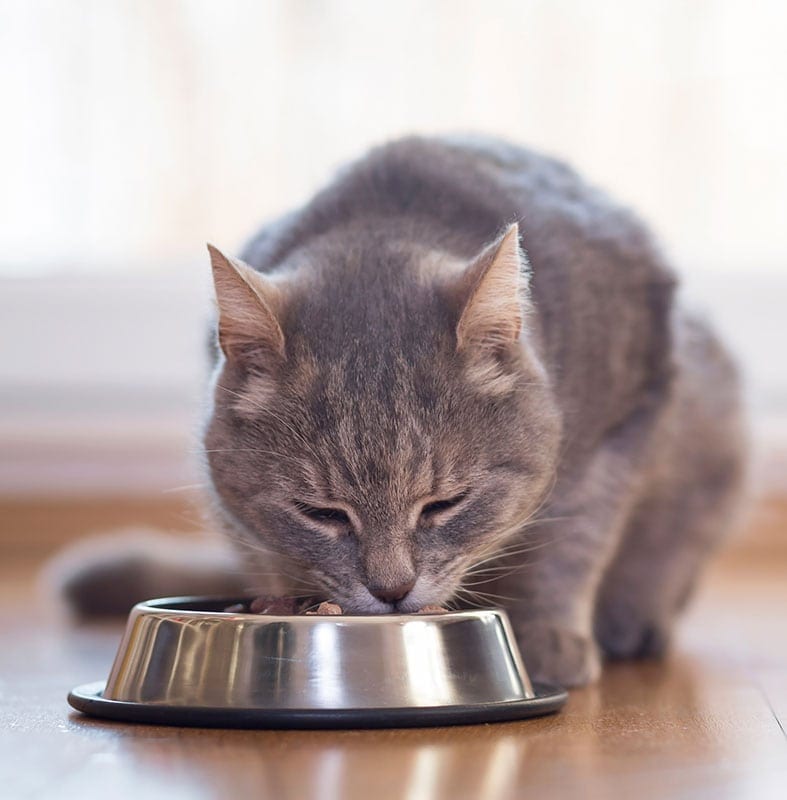
Commercial kibble diets are laden with carbohydrates. Canned foods are lower in carbs, but the carb content is variable between different canned diets. You can search for a cat food composition chart on the Internet and find a list that shows the protein, carb, and fat content for most of the commercial cat food diets available, both over the counter and veterinary prescription diets. Veterinary prescription feline diabetic diets include Purina DM, Royal Canin Glycobalance, and Science diet m/d. These are all great diets. And yet, there are non-prescription canned cat foods that also work well. In nature, cats are carnivores and they eat very low carbohydrates. Usually their carb ingestion is what is in the stomach of the mice or lizards that they ingest. We want the carb content of food to be 10 percent or less for diabetic cats.
Now, what about diabetic dogs? Would dogs do well on low carb diets? We don’t see diabetes remission in dogs as we often will with cats. Typically once a dog is diabetic it remains diabetic, unless it is a pregnant female experiencing gestational diabetes from progesterone causing insulin resistance. And yet, we should still be conscious about carbohydrates for diabetic dogs!
One of the great downfalls for diabetic regulation is mid meal snacks, regardless of whether it is human food or a commercial pet food treat. Don’t give your pet simple carb snacks, especially in between meals. If you wish to give your pet a special treat, give it near meal time and back off on the portion of the regular diet fed. This is especially important when we consider dog treats. Folks may do their best, following rules set forth by their vets to give insulin on time, feed a prescription diet, run curves… and then turn around and give the pet crackers or popcorn that the human is munching. Don’t do it! My favorite snack if you must give a mid-meal snack, is simply a bit of lean meat or a green bean.
There are a couple prescription veterinary diets for diabetic dogs like Royal Canin Glycobalance, and Purina OM, but weight loss diets aren’t too far off the mark as they tend to be low-fat and have complex carbohydrates. Now, what about low-carb diets for dogs? They might be a great choice, but a higher fiber diet may slow the absorption of the carbohydrates in the food and thereby slow the post-meal glucose spike. You could add fiber to a low carb diet to get this effect. There are lots of good dog food choices of diabetic dogs.
As always, chat with your veterinarian! Your vet has examined your sweetie and can guide you to a choice that takes into consideration all of your pet’s issues.
Have a question or comment? Then post below! I always enjoy hearing from my readers!
NOTE: Consult your veterinarian first to make sure my recommendations fit your pets special health needs.
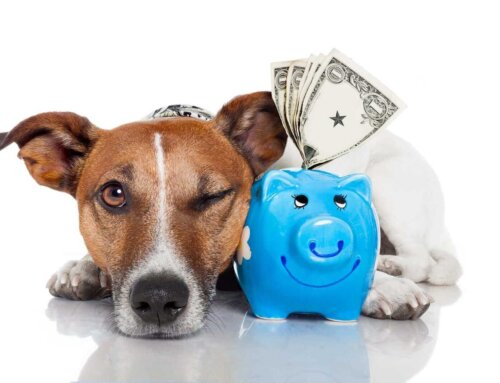
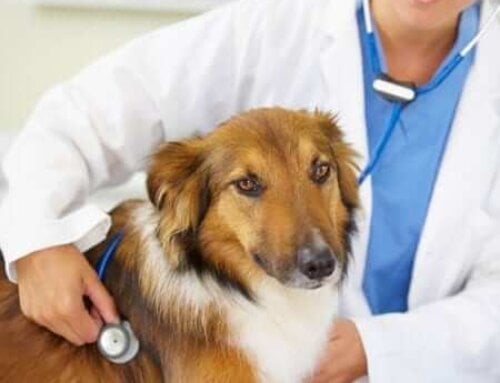


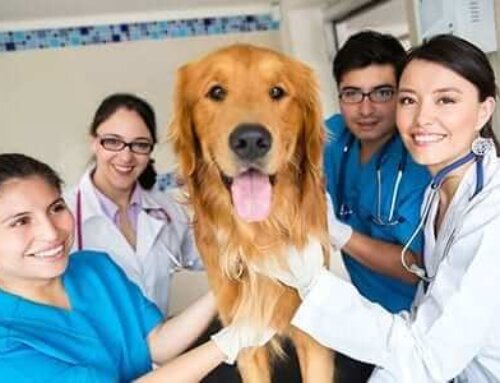




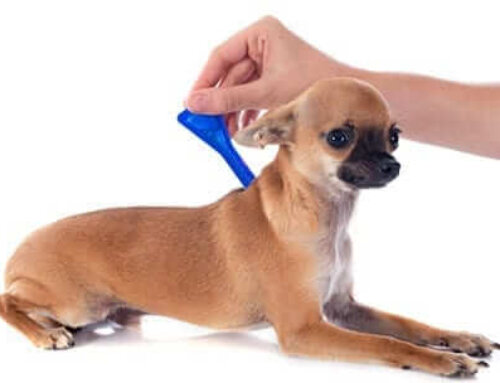
Hello,
My cat was just diagnosed with diabetes about a month ago. The vet recommended 80% of her diet to be royal canin glycobalance dry food. They weren’t even aware there was a wet food version. The dry food contains about 24% carbs and the wet about 14% . Everything I have read says to keep the carbs under 10%. So we took her off the dry version almost immediately and are giving her Purina beyond grain free wet food.My boyfriend wants to follow the vet and give just the glycobalance wet food because he thinks maybe there is something In the glycobalance that is keeping her blood sugar more regular throughout the day. But again it contains 14% carbs. What do you think about royal canin glycobalance foods? Is there in fact something in it that’s helping to keep her sugars more even?
I really like the royal canin brand of food. They do a lot of vet nutrition research. However, I’m a strong believer of low carb canned food to try to get diabetic cats into remission. Sometimes that remission is forever, sometimes it’s not. There are 3 commercial at diabetic diets: the glycobalance by royal canin, m/d by hills science diet and Purina dm. Of these canned foods, Purina dm is the lowest in carbs at about 4 percent. Therefore, it’s my go to diet when I diagnose a diabetic cat. Now, there are some vets who do not try to get diabetic cats into remission. Those vets may recommend the dry version of these diets.
I have a diabetic female dog who is 14 years old and her weight is 18 lbs. She is spayed. She is a miniature schnauzer. She receives 5units of insulin twice a day. How many carbs and calories would your recommend? We are feeding Nutro wet kitchen classic adult
1/4 can in the morning and 1/2 can at night. We were feeding 1/2 of 1/4 can in the morning and the other half at night with 3/4 cup of Nutro dry wholesome essential small breed adult healthy weight. Changed her feeding 09 Apr per our Vet because she wasn’t feeling very good. She is back to her old self and would like to start slowly adding dry back into her dinner, but want to know how many calories and carbs she should have? Thank you,
Mary, do ask your family vet how much to feed. I don’t know if she is slim or pudgy, if she has a speedy metabolism or not… As a schnauzer with diabetes, I’m guessing she may have had an episode of pancreatitis. We reach for low fat food for pets with pancreatitis. If she is lean and you wish for her to gain weight, chat with your vet about increasing the portions.
🙂 Joi
I agree with much of what you wrote in your article. There’s some great information, both for humans and pets. That being said, your thoughts on between meals snacks may not apply to all insulin regimen’s. If your pet is on human NPH twice a day, they’re at risk for hypoglycemia at mid-day and bedtime. This is particularly true if you don’t run your pet’s blood sugar over 200 most of the time. My 12-year-old miniature schnauzer gets NPH twice a day and because I monitor his blood sugar with an Alpha Trak meter four times a day at home, I know this is true.
Absolutely a pet can become hypoglycemic. This is why I encourage pet owners to run regular blood glucose curves and stick to routines! And having a meter at home in case your diabetic pet looks “off”. If a pet is hypoglycemic you would definitely want to give food. Hopefully you can sort a protocol with equal meals and equal insulin doses every 12 hours so that your pet is under good sugar regulation and doesn’t become hypoglycemic between dosages.
I feed my 10 year old diabetic, Cushings disease dog 1/2 can of Beyond wet food, 1/2 can of no salt french style green beans, and 1/2 can of no salt sliced carrots every 12 hours. She is a medium size dog weighing about 23 lbs. Is this diet good for her?
I’m not familiar with Beyond. Take the label in to your vet and have him or her assess the ingredients. Green beans and carrots are great. 🙂
My diabetic dog has severe food allergies, manifested by flare-ups of biopsy-confirmed inflammatory bowel disease; the IBD came first, then the diabetes. Before we got this figured out, he would eat a food for several months before it began to make him sick, so we went through all the proteins before long! A sick dog doesn’t eat, definitely a problem with a diabetic dog who needs to “feed the insulin.” He has been stable for several years (about as long as he’s been diabetic) on Royal Canin Hydrolyzed Protein canned and dry (moderate calorie); this food happens to be fairly low in fat. The way I get around the issue of the food not being specifically low carb is that I got the k-calorie information from RC, and I religiously weigh the wet food and measure the dry food. I know exactly how many calories he gets, and since his weight is normal and stable, it must be the right amount. His intake never varies. The only treats he gets are fragments of diabetic dog treats, no more than 2 total treats a day. Thanks for your great columns.
Janey, great job!!!!